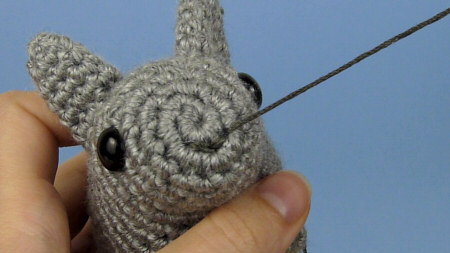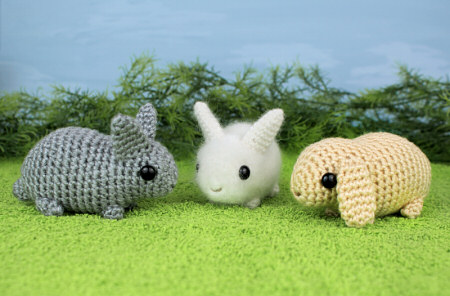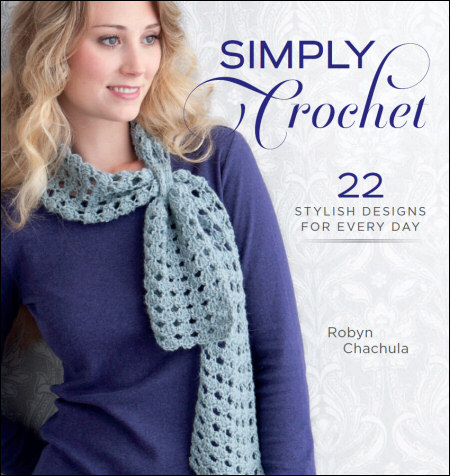
As there were 2 simultaneous Crochet-Alongs running for the first half of this month, and the Valentine’s CAL was so popular, I wasn’t sure we’d get many entries in the Plant-Along. I’m happy to have been proved wrong! Here’s the spectacular roundup for February’s Plant-Along CAL – and keep reading to the end to find […]





















